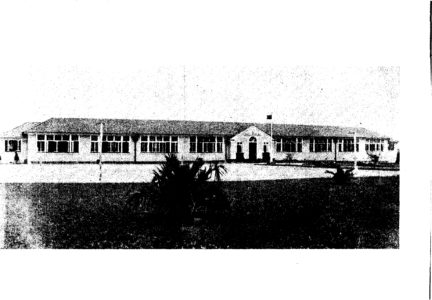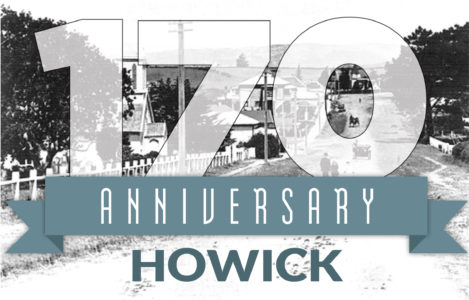
As Howick and districts count down to the 175th anniversary 2022, the Times continues its series by Alan La Roche giving readers a glimpse of life as it used to be. The countdown began at the 170th in 2017
It was with some surprise that the early European settlers found that most Maori of this area could read and write English, as well as having a good understanding of agricultural and domestic skills.
More than 1000 Maori had attended the Church Missionary Society School at Maraetai Beach. Roughly 60 per cent of the immigrant settlers could read and write – usually the men.
Initially the Catholic and Anglican schools were established but, before long, each settlement had its own school at Howick, Pakuranga, East Tamaki, Whitford, Flat Bush and Maraetai. After the War in the Waikato, the Government offered qualified teachers in Britain a salary plus 80 acres of land free if they taught for five years. We are not that generous today to our teachers!

But times were changing. Until the 1930s, it was officially thought that Maori should be “assimilated and be more like Europeans”. It was assumed in rural schools like Howick, as it was then, most boys would become farmers and the girls would become “housewives or secretaries.” Hence the need for a central consolidated Howick District High School which opened in 1937 combining pupils from all outlying schools.
Some of those outlying schools were getting more enrolments outgrowing their capacity. Howick School on Cook Street had a marquee temporary classroom as there was not enough classroom space, so the fathers built a new classroom using volunteer labour.
The school opened in 1937 with 250 students, which then doubled by 1941. School buses brought students if they lived more than three miles from the school.
In World War II, all school typewriters were requisitioned by the War Department for defence use. The Howick Red Cross and St John’s Ambulance volunteers took first aid classes where students learned first aid, how to make hospital beds and treat broken limbs. The school had buckets of sand, rakes and water pumps in case a bomb landed. The whole school practiced air-raid drills hiding in the overgrown gorse hedges of Botany Road.
The Howick District High School needed funds for radio equipment, a school library and a dental clinic so a big Queen Carnival, two “bring and buy” fairs and a fancy-dress ball in the Howick Town Hall were held by the Howick community in 1938.
Nowadays, schools rely on the Government for most of their expenses. In 1938, all teachers were forbidden to smoke while at school. In July 1939 when there was an unsettled situation in Europe, the Military Cadet Corps continued where all boys took part in military drill and rifle-range practice using 303, Bren guns or Sten guns. As most boys came from farms, they were expert at shooting rabbits.
By 1952, the roll had risen to 690 in the primary department and 103 in the secondary department. The Howick District High School closed in December 1959 and in 1960 Pakuranga College opened. The old Howick District High School reopened as Howick Intermediate School in 1965 during a period of rapid growth for Howick and surrounding districts, especially immigrants from Europe escaping to a more peaceful country.
- Alan La Roche, Howick Historian, alanlaroche@xtra.co.nz








